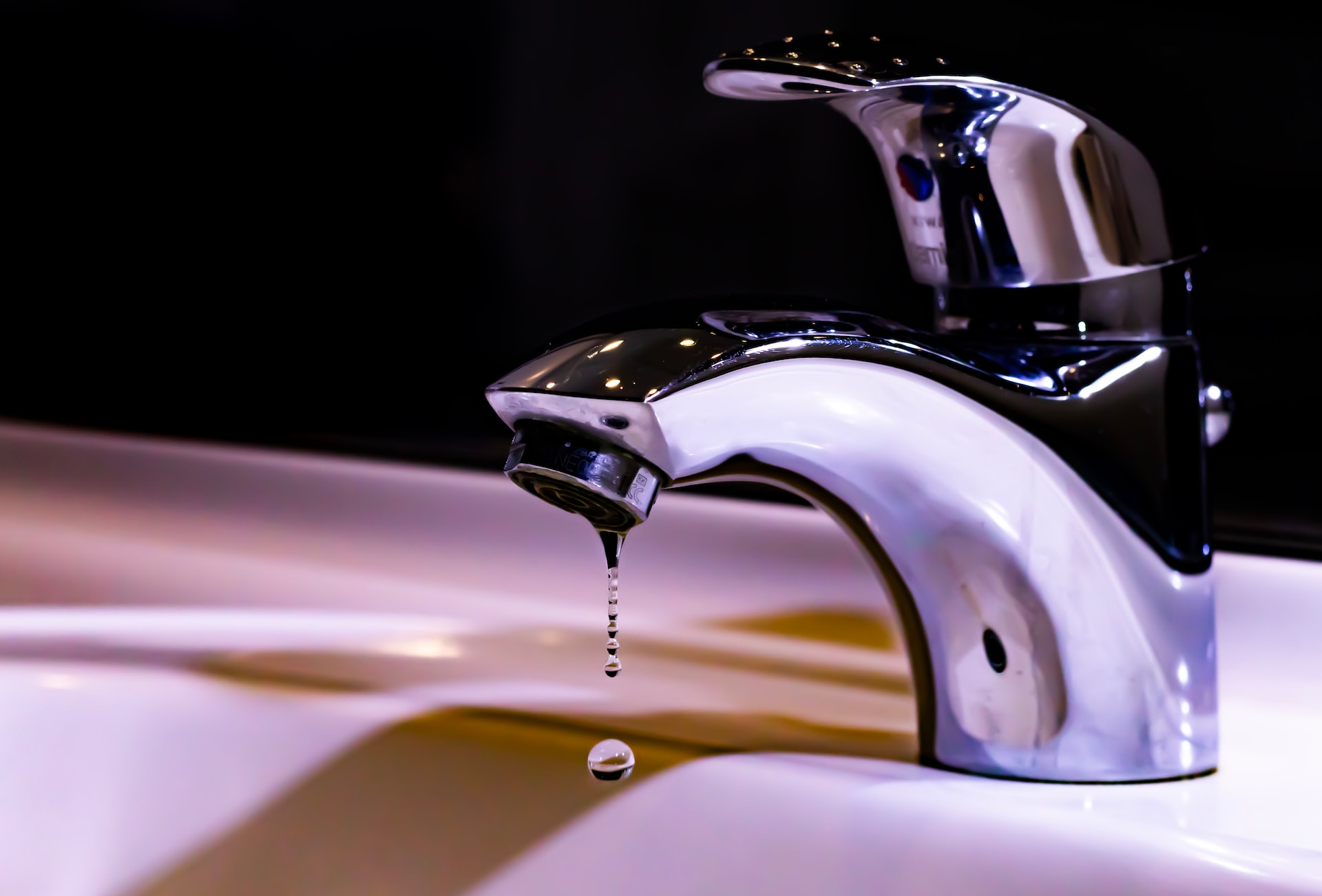
Ōtautahi – It’s been 12 months since Taumata Arowai became the water services regulator for Aotearoa.
Marking another significant milestone for the regulator, the new drinking water quality assurance rules, drinking water standards, aesthetic values and acceptable solutions all take effect from today.
The suite of documents sets out important regulatory requirements that will help ensure drinking water suppliers provide safe drinking water to their communities.
Taumata Arowai chief executive Bill Bayfield says the requirements are a deliberate shift away from an outdated system to a modern regulatory approach that will ensure everyone has access to safe and sufficient drinking water every day.
The new system changes the way drinking water is monitored, one of the most significant change is that local councils and other suppliers will now be required to give Taumata Arowai assurance that the water they supply is safe.
The new solutions took effect yesterday for all registered drinking water suppliers. The drinking-water standards for New Zealand 2005, revised in 2018, are also revoked.
Unregistered drinking water supplies (other than self-supplied domestic dwellings which are not covered by this regime) must be registered by 2025 and fully comply with the Water Services Act 2021 by 2028. All drinking water suppliers have a duty of care to provide safe drinking water regardless of whether they are registered or not.
Taumata Arowai took over from the Ministry of Health as the drinking water regulator on 15 November 2021.
All drinking water suppliers registered with the Ministry of Health immediately before 15 November 2021 have had their recorded drinking water supplies transferred to the Taumata Arowai register.
This migration happened automatically and has been followed by a rigorous process of data checking and verification to ensure that we have accurate information about drinking water supplies and suppliers.
The drinking water solutions were developed in consultation with the sector to ensure they are practical and pragmatic.
The organisation has worked closely with the water services sector to develop a regime that’s fit for purpose. Getting to this point and seeing the new rules and standards come into force has been a large task for all involved.

